Some truth can be found behind the adage, “Curiosity killed the cat,” as a cat’s inquisitive nature can lead them into trouble. Fortunately, our Santa Monica Veterinary Group team provides urgent care services for pets who get into mischief and need immediate veterinary treatment. Learn how to identify common feline emergencies so you can spot early warning signs in your cat and seek urgent care.
Urinary blockages in cats
Urinary blockages are a common feline emergency. Keep in mind that if your whiskered pal has a urinary blockage, the condition can rapidly become life-threatening if not treated.
- Causes — Urinary blockages typically occur because of crystal or stone formation in the urinary tract, which obstructs the urine flow. Male cats are particularly prone to this condition because of their narrow urethra.
- Signs — Straining in the litter box, frequent trips to the litter box with little to no urine output, vocalization during urination, and blood in the urine are problematic signs that indicate your cat needs immediate treatment.
- Prevention — Ensure your cat stays hydrated by providing them with fresh water daily. Feed your feline friend a balanced diet that supports urinary health, and consider feeding them wet food to increase their moisture intake. Routine wellness visits help our team detect cats’ urinary issues early.
Toxin exposure in cats
Toxins are ubiquitous. They lurk in your house, yard, and public places. Always monitor your pet to help ensure they do not ingest toxins.
- Causes — Cats can come into contact with various toxins, including household chemicals, certain plants, especially lilies and azaleas, human medications, rodenticides, essential oils, and some foods such as chocolate and onions.
- Signs — Vomiting, diarrhea, excessive drooling, difficulty breathing, tremors, seizures, weakness, and sudden collapse can indicate toxin exposure.
- Prevention — Keep all household chemicals, medications, and toxic plants out of your cat’s reach, and avoid using toxic substances, such as essential oils, in your home.
Traumatic accidents in cats
While you may believe your cat has nine lives, they can still easily become injured through various traumatic accidents. If your cat experiences trauma, they need emergency treatment.
- Causes — Traumatic injuries can result from falls, accidents involving vehicles, fights with other animals, or mishaps within the home.
- Signs — Visible wounds, limping, difficulty breathing, and shock, characterized by pale gums, rapid heartbeat, and weakness, indicate that your cat has experienced a traumatic injury that requires urgent care.
- Prevention — Minimize potential hazards in your home, such as by securing windows and balconies, and monitor interactions between pets to ensure they are harmonious. Keep your cat indoors or provide a safe and enclosed outdoor space to prevent them from having contact with wildlife or traffic.
Respiratory distress in cats
Upper respiratory infections are common in cats, and, while they rarely develop into life-threatening emergencies, they can cause significant breathing issues. Respiratory problems can rapidly devolve into emergencies, so always closely monitor your cat for breathing difficulties.
- Causes — Respiratory problems can be caused by infections, allergies, heartworm disease, or underlying conditions such as asthma.
- Signs — Coughing, sneezing, noisy breathing, nasal discharge, blue gums and tongue (i.e., cyanosis), and difficulty breathing indicate respiratory conditions that may require urgent care.
- Prevention — Keep your cat’s environment clean and dust- and allergen-free. Avoid exposing your whiskered pal to cigarette smoke or other respiratory irritants, and keep their vaccinations updated.
Gastrointestinal issues in cats
While an occasional hairball is considered normal for cats, other gastrointestinal (GI) issues can be a serious cause for concern. Some GI issues can go from being minor to life-threatening quickly.
- Causes — GI problems can arise from dietary indiscretion, ingesting foreign objects, pancreatitis, organ dysfunction, or myriad underlying health conditions.
- Signs — Vomiting, diarrhea, appetite loss, abdominal pain, or straining to defecate are signs that indicate your cat needs urgent care.
- Prevention — Feed your cat a balanced diet appropriate for their age and health needs. Keep small objects and potential choking hazards out of your whiskered pal’s reach.
Seizures in cats
Seizures can be scary to witness in your cat and they often require urgent care unless it is a solitary breakthrough episode of idiopathic epilepsy. Prolonged seizure activity or seizures that cause other abnormalities in your cat, such as altered behavior or mentation, generally require immediate veterinary attention.
- Causes — Seizures can be caused by various factors, including epilepsy, poisoning, or underlying health conditions.
- Signs — Tonic-clonic movements, unconsciousness, convulsions, odd vocalizations, and urination or defecation are seizure signs in cats.
- Prevention — While not all seizures can be prevented, keeping your cat away from potential toxins and providing regular veterinary care can help manage underlying conditions that may trigger seizures.
Reproductive complications in cats
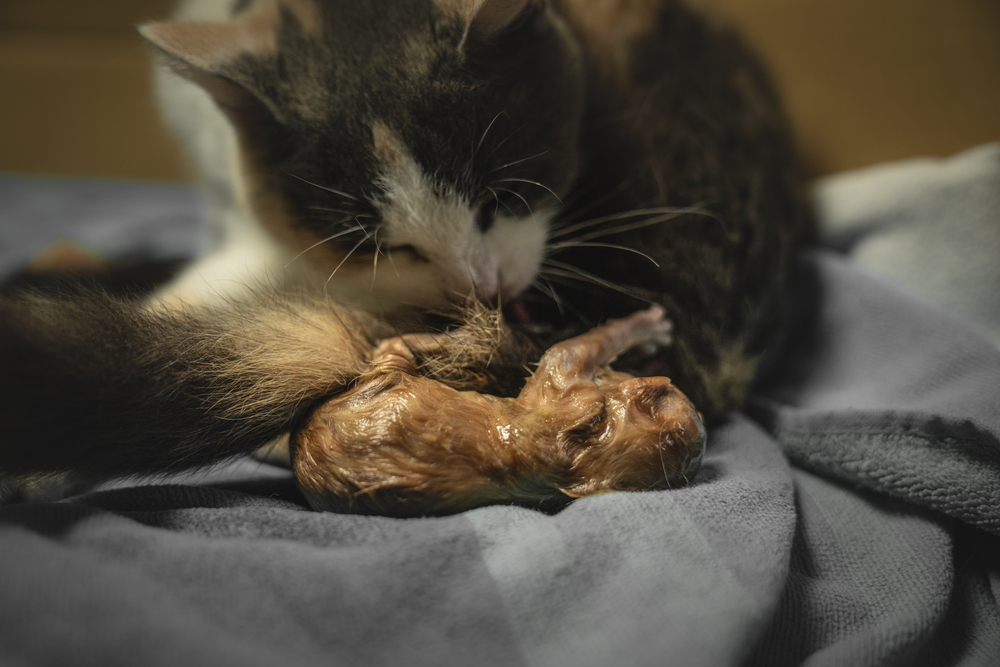
Most cats are spayed or neutered before they are old enough to mate, eliminating the potential for reproductive complications. However, cats who breed can experience various reproductive issues that can result in an emergency.
- Causes — Reproductive complications are more likely to occur in female cats who can experience uterine infections (i.e., pyometra) and difficulty giving birth. These problems can result in emergency surgery, such as a spay or Cesarean section, to provide life-saving treatment.
- Signs — Signs that indicate your cat has developed a pyometra include purulent vaginal discharge, fever, lethargy, and anorexia. If your cat is actively giving birth but fails to produce a kitten after an hour of strong contractions, appears weak, or is disinterested in the kittens she has already birthed, she may require an emergency C-section.
- Prevention — Having your cat spayed or neutered at an appropriate age, typically between 5 and 6 months, can prevent reproductive complications.
If your cat is displaying worrisome signs, contact our Santa Monica Veterinary Group team. Our urgent care services can provide immediate care if your feline friend is experiencing an emergency during our extended business hours.


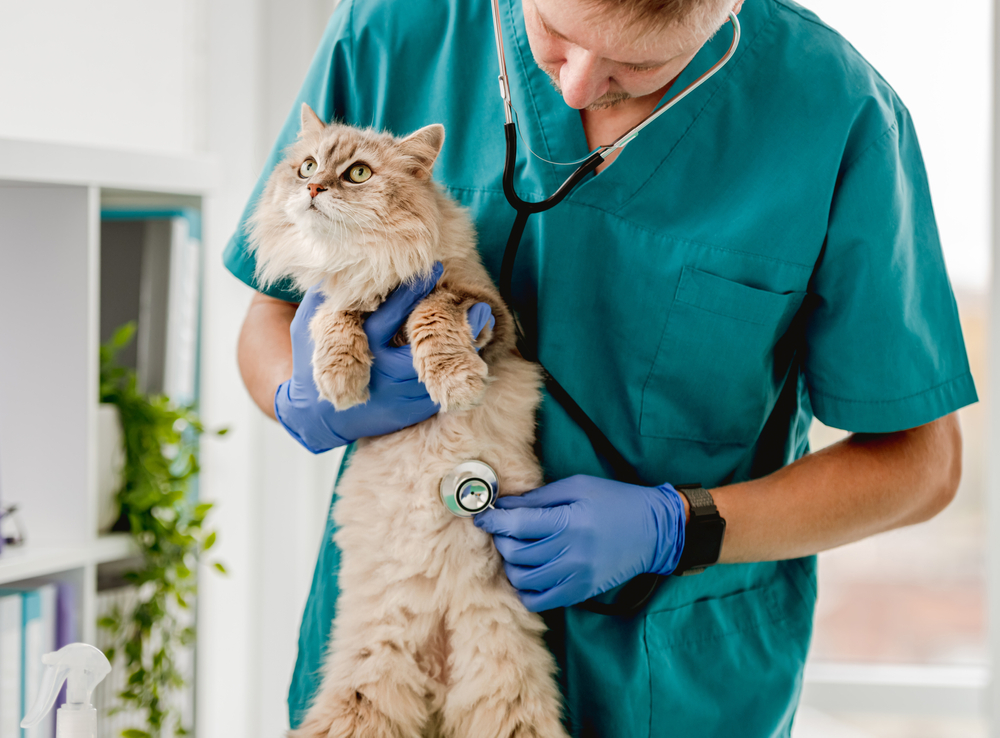
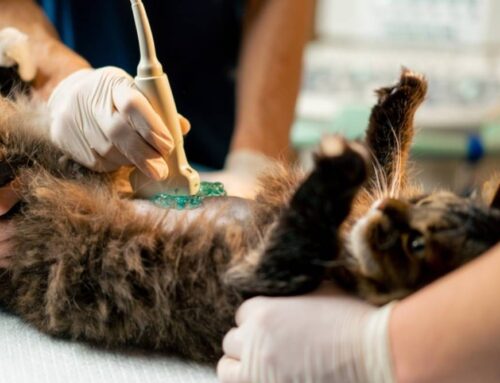
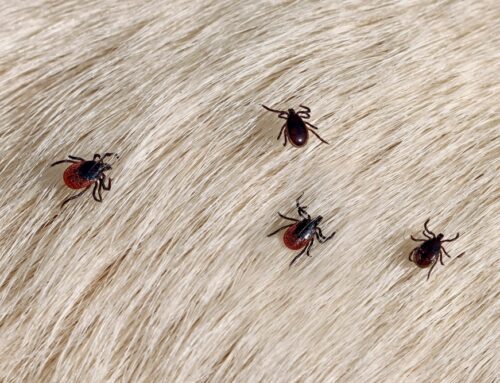
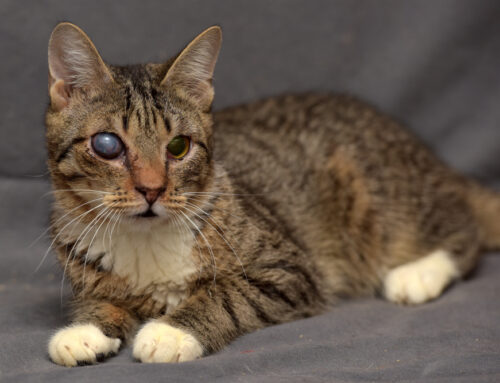
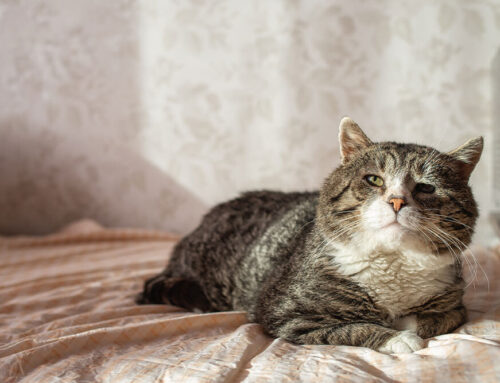
Leave A Comment